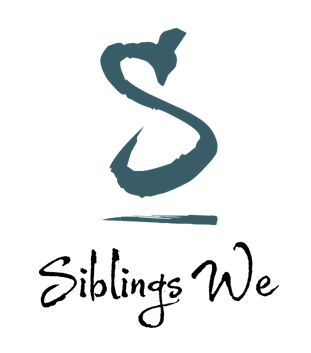The Kid Should See This
The Wild Bird Fund is New York City’s only wildlife-rehabilitation center for sick, injured, and orphaned city birds, and it’s “the only one in the country located inside a major city.” In this episode of Topic’s Birds of North America, Wild Bird Fund founder Ritamary McMahon explains:
“We rehabbed 6,800 animals last year. That means that about 6,000 people found them and brought them in for help. New Yorkers care. So far this summer the highest was 63 birds in one day.”

Host and birder Jason Ward and his brother and fellow birder Jeffrey Ward join the Wild Bird Fund team in Central Park to release a few rehabilitated birds. The birders also visit WBF’s Urban Aviary on the Upper West Side of Manhattan to see the team in action.
Animal care professionals like Mayra Bermeo and Eugene Oda are dedicated to rehabilitating a surprisingly diverse set of winged city creatures, including European Starlings, House Sparrows, Canadian Geese, Common Grackles, Common Loons, American Kestrels, and of course, the city’s pigeons.
Pigeons are Wild Bird Fund rehabilitator Ariel Cordova-Rojas‘ favorite birds, and for those who think pigeons are “rats with wings,” she suggests a new take:
“The thing that people actually don’t really realize is that birds in general, but also pigeons, are actually very clean. They have to be clean in order to fly. What makes them dirty is us. What people aren’t thinking about is the reason… they’re dirty is because [pigeons are] walking around in the street in the filth we have created.”

For those who aren’t near the Wild Bird Fund or who aren’t in New York City at all, the team as helpful bird-rescue guidelines.
Related news in Smithsonian Magazine: North America Has Lost Nearly 3 Billion Birds Since 1970.
Related actions in The New York Times: Margaret Renkl has bird-saving tips for our own gardens, including planting fruit-and-nut-bearing trees and berry-producing shrubs, swearing off herbicides and pesticides, keeping house cats indoors, keeping screens up year-round, and eliminating single-use plastics.
Watch this next: The American Kestrel falcon’s head stabilization skills and slow motion pigeon flight. Plus: More from Jason Ward.
Rion Nakaya


